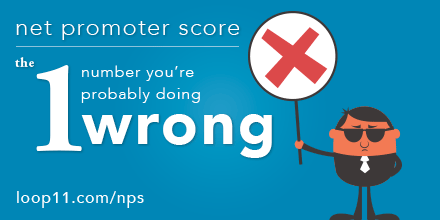Jeff Sauro from Measuring Usability recently wrote an in-depth report about quantitative usability testing. We think it’s a great guide for people wanting to conduct their own usability studies (however the report does cost USD $72 to purchase). In the report, Jeff clearly identifies the benefits of quantitative usability testing as well as explaining the best way to conduct a quantitative usability study.
What are the advantages of a Quantitative Usability Test?
Jeff explains that if you can’t measure it, you can’t manage it. Quantifying usability means making better decisions about usability data. By quantifying the reduction in problems and the increases in efficiency, decision makers will make better decisions regarding their website.
What are common usability metrics?
Although there is an international standard for measuring usability (ISO 9241), the standard leaves open the question of how to measure effectiveness, efficiency and satisfaction. The following metrics are the most common ways of measuring usability.
– Usability Problems
– Time on Task
– Completion And Failure Rates
– Errors
– Satisfaction Ratings
– Clicks / Pageviews / Navigation Path
What are the basic steps for conducting a quantitative usability test?
- Recruit participants
- Set-up and create a test
- Launch the test
- Analyse results
To purchase the report “72 questions and answers for measuring usability” go here: https://www.measuringusability.com/products/quantitativeReport
So what are you waiting for? Now you know why and how to conduct a quantitative usability study and with Loop11 your first project is free! Or for more information visit our F.A.Q.
Happy Testing!
![]() Give feedback about this article
Give feedback about this article
Were sorry to hear about that, give us a chance to improve.







